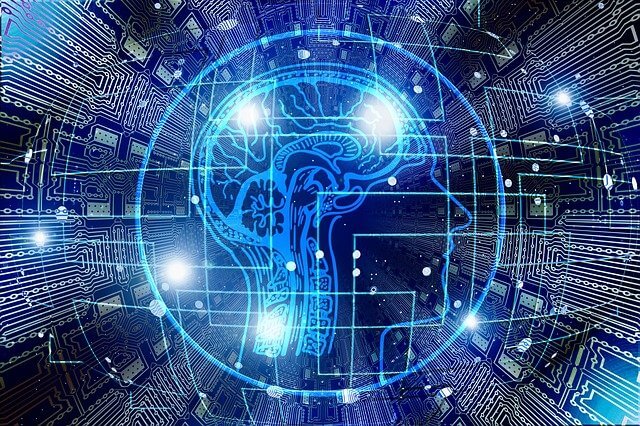
The healthcare industry we know today is the result of centuries of studying, research, and testing. However, the evolution of the US healthcare system got on an upward trend about three hundred years ago. Until then, medicine was a so-called family affair, with home remedies and beliefs that would make a modern scientist’s hair stand.
The true evolution of medicine and associated sciences was possible with the advancement of technologies and data recording means (writing, charting, and so on).
The good news is that nowadays the healthcare system is rapidly moving towards the future with telemedicine, robots in operating rooms, and electronic health records being almost mainstream.
And again, all this was made possible by data. Only this time, we are talking about Big Data, which is the main driver towards further progress.
If we add to this the outbreak of a global pandemic, we’ll notice an increase in innovation and adoption of digital technology driven by data and fast data processing (Big Data Analytics).
But what exactly does this mean for the people actually involved with the healthcare system – the patients and the practitioners? Does Big Data help them in any way?
Relevant Data & Research for Practitioners
Due to the use of Big Data and data analytics, practitioners now can be more confident in their diagnosis. The data can already help improve the process and guide doctors and scientists toward more accurate results, which leads to more lives saved and shorter recovery periods.
Plus, due to the work of companies like Black Book research, physicians can use algorithms to identify the most likely diagnosis and the best tests needed to confirm it. This way, the patient doesn’t have to go through unnecessary tests, which also reduces the chance of misdiagnosing.
Prognostic Modeling
The use of Big Data in healthcare helps specialists understand how diseases and/or treatments could evolve by building various models for different factors of influence. Other such models can help identify at-risk patients, which makes it easier to manage the disease or the condition.
One recent example of the use of Big Data was during the onset of the COVID-19 pandemic when specialists used prognostic modeling to understand how the diseases will spread among the population.
This allowed local authorities to take necessary measures that kept the healthcare system going and avoid overcrowding hospitals and clinics.
Real-time Patient Monitorization
Advanced devices such as wearables and IoT tech can help monitor patients remotely, in real-time, without having them hooked to a hospital bed.
These devices are similar to fitness trackers and constantly monitor blood pressure, pulse, oxygen concentration, and other important health metrics that can indicate a deteriorating health state.
Plus, these devices generate incredible amounts of valuable data that can help doctors understand their patients and provide more accurate diagnostics and treatments.
Moreover, data-driven healthcare made possible alert systems designed for older adults who live alone. These are designed to alert the healthcare provider in case something happens and the elderly person is considered to be in danger.
Better Quality of Life
Moving forward and applying what we already learned, data-driven healthcare systems can predict eventual outbreaks and the spread of infectious diseases.
Systems that allow the tracing of an infectious patient’s whereabouts help contain any future outbreak risks while Big Data in general helps scientists communicate their findings in a more efficient manner.
Wrap Up
While we are only at the beginning of this new and improved healthcare system, we already see major improvements that can’t be ignored.
True, there are some associated risks (leaks and corrupted data being some of the most dangerous), but the overall outcome is positive. If we continue on this trend, chances are we are going to see impressive results!



















